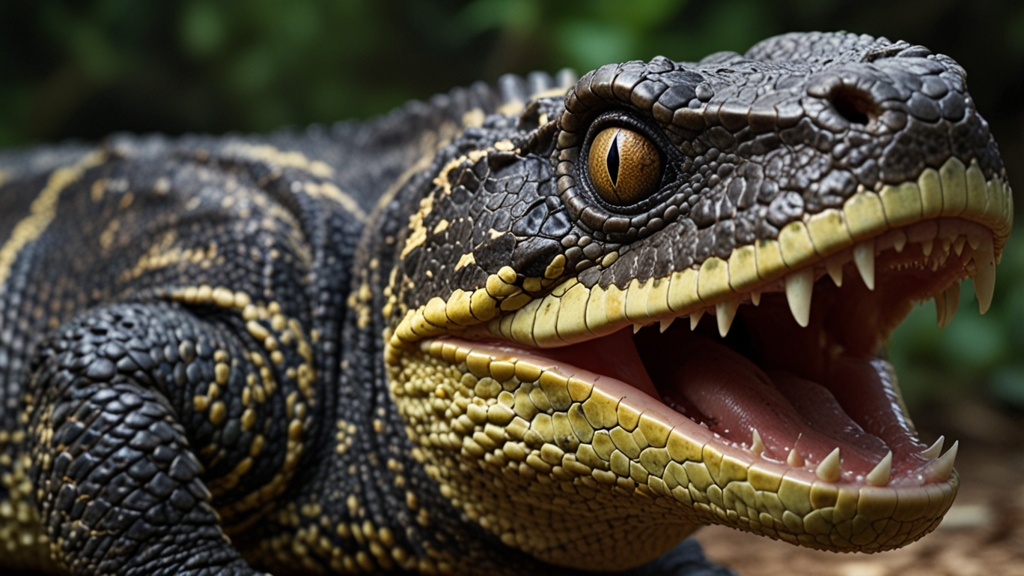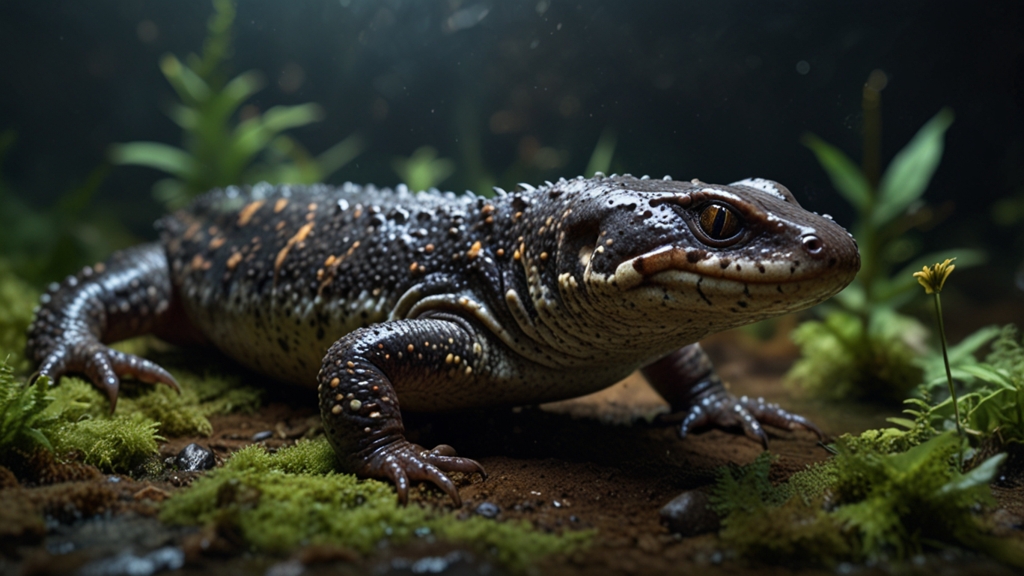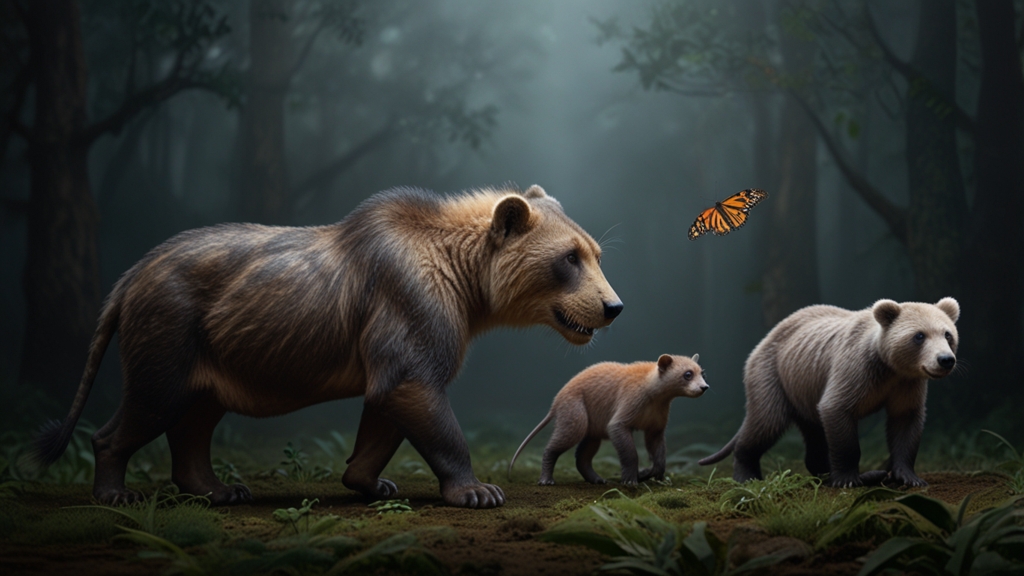Venomous Wonders: The Most Dangerous Reptiles on Earth
Reptiles, with their ancient lineage and diverse forms, have always fascinated and terrified humans alike. Among these cold-blooded creatures, certain venomous reptiles stand out, not just for their intriguing characteristics but their lethal potential. This article delves into some of the most dangerous venomous reptiles on our planet, exploring what makes them particularly deadly and the role they play in their ecosystems.
Inland Taipan: The Fiercest Snake
Known as the "fierce snake" or "small-scaled snake," the Inland Taipan (Oxyuranus microlepidotus) holds the title of the most venomous snake in the world. Native to the arid regions of central Australia, this elusive serpent’s venom is composed of a potent cocktail of neurotoxins, hemotoxins, and myotoxins. A single bite can deliver enough venom to kill 100 adult humans. Fortunately, the Inland Taipan is extremely reclusive and rarely encountered by humans.
“If there's a contender for the most efficient predator among snakes, the Inland Taipan would be it. Its venom can immobilize and digest prey with remarkable speed.”
King Cobra: The Serpent Monarch
The King Cobra (Ophiophagus hannah) is a symbol of power and mystique in many cultures. Found in forests across India and Southeast Asia, this snake can grow up to 18 feet, making it the longest venomous snake in the world. Its venom contains neurotoxins capable of paralyzing its victims and delivering death within minutes. Interestingly, the King Cobra primarily preys on other snakes and exhibits a surprising level of intelligence and social behavior compared to other reptiles.
Black Mamba: Speed and Lethality
Dubbed the fastest snake in the world, the Black Mamba (Dendroaspis polylepis) not only strikes with incredible speed but also carries a venom that is both potent and fast-acting. Native to parts of sub-Saharan Africa, the Black Mamba's venom causes rapid paralysis and death if anti-venom is not administered swiftly. Despite its menacing reputation, the Black Mamba is inherently shy and avoids human contact whenever possible.
“A myth grounded in reality, the Black Mamba's speed and venom ensure its place as one of Africa's deadliest creatures.”
Komodo Dragon: The Giant Reptile
The Komodo Dragon (Varanus komodoensis) may not be venomous in the traditional sense, but its bite is lethal due to its unique combination of toxic proteins and bacteria. Inhabiting the Indonesian islands, the Komodo Dragon can grow up to 10 feet and weigh over 150 pounds. Its saliva contains anticoagulants and bacteria that induce fatal infections, causing prey to succumb to blood loss and sepsis.
Gaboon Viper: Camouflage and Precision
Renowned for its exceptional camouflage and long fangs, the Gaboon Viper (Bitis gabonica) is a master ambush predator. Found in the rainforests and savannas of Sub-Saharan Africa, this viper’s venom includes both hemotoxins and cytotoxins, leading to intense pain, swelling, and tissue damage. The Gaboon Viper rarely bites humans, but when it does, the consequences can be dire.
Cottonmouth: The Water's Threat
Also known as the Water Moccasin (Agkistrodon piscivorus), the Cottonmouth is an aggressive and highly venomous snake native to the southeastern United States. Its hemotoxic venom can cause severe tissue damage, leading to amputation if not treated promptly. The Cottonmouth's aggressive nature and propensity to stand its ground make it particularly hazardous.
“Cottonmouths, with their distinctive white-lined mouths and defensive behavior, are as formidable in water as their name suggests.”
In essence, these venomous wonders exhibit nature’s complexity and the delicate balance of ecosystems. While they represent potential danger, they also play crucial roles in maintaining the health and stability of their habitats. Understanding and respecting these reptiles is essential, as it allows us to coexist with these remarkable creatures while appreciating their place in the natural world.










